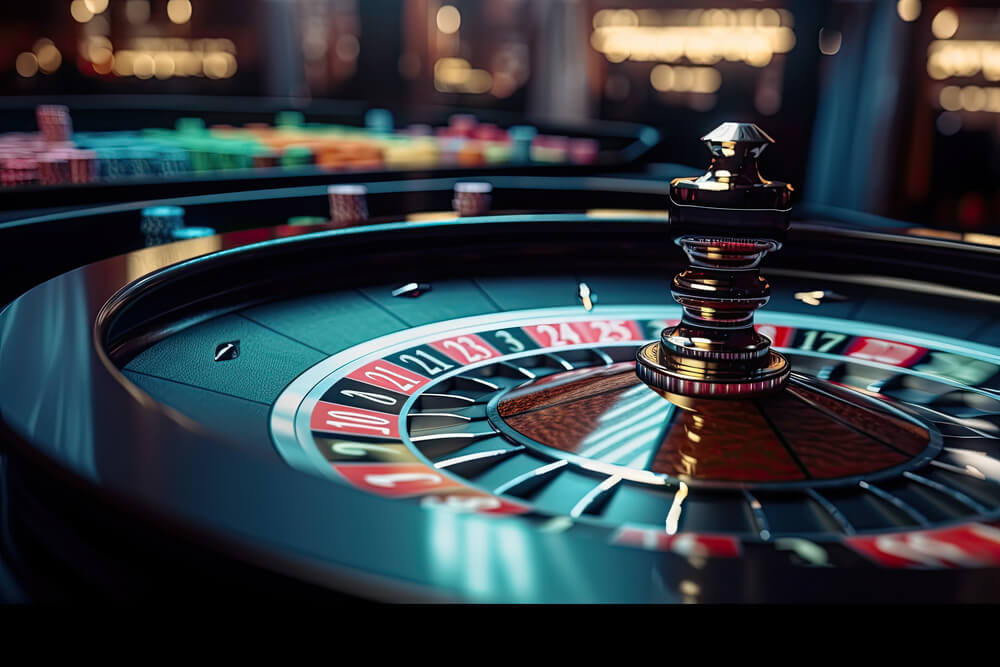
Casino games have long captivated the human imagination, drawing gamblers into a world filled with luck, tactics, and the allure of excitement. Each activity is painstakingly crafted not just for fun, but also to elicit targeted emotional responses that keep gamblers immersed and interested. Understanding the reasons behind these designs reveals much about how psychology plays a vital role in the gaming experience.
From the dazzling lights and lively sounds to the intricate layering of guidelines and incentives, casino games are designed to create an atmosphere of anticipation and anticipation. Game designers leverage behavioral strategies to influence gambler behavior, whether through the use of jackpots, near-miss scenarios, or social interactivity. By examining these elements, we can better appreciate how casino games fulfill not just a desire for entertainment, but deeper psychological needs for adventure and hazard.
Comprehending Player Actions
Casino games are crafted with a thorough comprehension of player psychology, which is vital for luring and keeping players. The excitement of the game, alongside the anticipation of winning, creates a strong draw. Game designers make use of elements like sound effects, dynamic graphics, and immersive gameplay to seize attention and evoke emotional responses. These sensory experiences enhance the total environment, making players feel more attached in the game.
Another notable aspect of player behavior is the notion of risk versus reward. Casino games often manage risky situations with the potential for substantial rewards, which can cause the phenomenon known as near-miss experience. When players come close to winning, the brain releases dopamine, strengthening their behavior and prompting them to continue playing in pursuit of that fleeting win. This cycle of wish and letdown plays a critical role in how games are constructed and marketed.
Lastly, community aspects also play a central role in player behavior at casinos. Many games are crafted to be played in teams or in company with other players, nurturing a sense of community and communal experience. KJC The social interaction inherent in games like baccarat enhances enjoyment and can result in extended gameplay. Designers capitalize on this by designing environments that invite players to linger, interact, and come back, making the overall casino experience more inviting.
The Role of Imagery and Audio
Imagery and audio play a vital role in enhancing the player’s experience within gambling games. Designers utilize bold colors, eye-catching graphics, and captivating animations to attract gambler’s attention and hold their interest. The use of themes, such as exploration or luxury, helps create an enthralling atmosphere that takes players into another world. By appealing to the senses, these elements contribute to a heightened emotional response, prompting players to engage more profoundly with the games.
Audio design is just as important in enhancing the overall experience of casino games. The combination of ambient music, sound effects for successful combinations, and environmental noises creates an auditory landscape that holds players fascinated. Audio cues associated with wins, such as ringing bells or celebratory music, evoke feelings of excitement and satisfaction, encouraging players to keep playing. These sound cues are strategically placed to amplify the excitement of the game and create a more immersive experience.
Additionally, the synchronization of visuals and sound is essential for supporting the game’s overall theme and atmosphere. Each element should coordinate harmoniously to create a unified experience that pulls players in. The effective use of this synergy not only enhances user enjoyment but also increases the chances of repeat play, as players become more engaged in the immersive world that the gambling games offer. This thoughtful combination of imagery and sound ultimately enhances player engagement and commitment.
Reward Structures and Participation
The creation of casino games heavily relies on reward structures to keep players involved and returning for more. These structures are based in behavioral theories that take advantage of human nature and desire. Participants are often driven by the excitement of winning, which is supported by immediate feedback through the game structure’s design. This prompt satisfaction not just improves the gaming experience but also cultivates a feeling of success, prompting participants to keep participating in hopes of bigger gains.
Casinos implement various reward structures, including large payouts, extra rewards, and multipliers, to engage players. These elements create a layer of excitement that sustains interest. Additionally, the unpredictability of outcomes plays a crucial role in keeping attention. The intermittent reinforcement schedule, where successes are unpredictable but occur often enough, keeps participants on edge and motivated to continue participating. This loop of anticipation and anticipation is foundational to the success of casino games.
Moreover, social elements, such as competitive events and collaborative options, boost the participation factor by leveraging the desire to compete of players. The communal aspect of playing with others can amplify the excitement of success and create a sense of community within the gaming space. By combining these social dynamics with effective reward systems, gambling experiences not only offer fun but also foster a stronger bond among players, reinforcing their loyalty to the overall experience.
